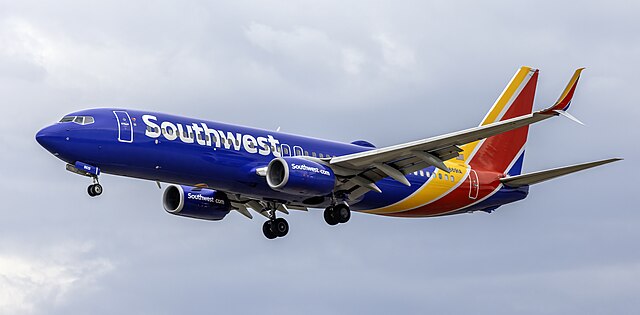Danish Air Transport MD83 near Ashgabat on Sep 29th 2011, captain incapacitated due to violent seizures
Last Update: June 14, 2012 / 20:32:13 GMT/Zulu time
Incident Facts
Date of incident
Sep 29, 2011
Cause
Captain incapacitated
Airline
Danish Air Transport
Flight number
DX-3098
Departure
Kabul (Afghanistan) to Trabzon, Turkey
Destination
Copenhagen, Denmark
Aircraft Registration
OY-RUE
Aircraft Type
McDonnell Douglas MD-83
ICAO Type Designator
MD83
After the aircraft stopped at the stand a waiting medical team entered the aircraft, the captain however refused to be taken to a hospital claiming he was alright. The first officer and a flight attendant managed to persuade the captain however to be taken to the hospital, the flight attendant went to the hospital with him.
The aircraft reached Copenhagen the following day with a delay of about 24 hours.
The Danish Havarikommission (HCL) released their report in Danish concluding the cause of the incident was:
the captain suffered a generalized seizure, an event that was not necessarily included in flight crew training. The event consisted of three elements each of which placed great demand on the first officer:
- violent and uncontrolled movements of the captain near the flight controls
- lack of awareness by the captain
- the captain's inability to comprehend what had happened and his inability to understand he was unfit to continue duties
The HCL reported the captain (ATPL) had completed his last medical check on Sep 5th 2011 and received his medical under the only condition to wear eye glasses/lenses during flight.
The HCL concluded that the captain suffered a generalized seizure, which the HCL considers especially critical to flight safety as it occurs without prior warning and the patient can perform uncontrolled movements with great force while not feeling any pain and remaining unaware of the convulsions and typically would not remember the event after the seizure.
The HCL analysed that the first officer was in a very difficult situation. Not only did he need to fly the aircraft without assistance from the captain, a task which training had prepared him for, but he also needed to handle the captain during and after the attack. The captain was unable to comprehend after the attack what had happened and used his authority when he was denied access to the cockpit.
Incident Facts
Date of incident
Sep 29, 2011
Cause
Captain incapacitated
Airline
Danish Air Transport
Flight number
DX-3098
Departure
Kabul (Afghanistan) to Trabzon, Turkey
Destination
Copenhagen, Denmark
Aircraft Registration
OY-RUE
Aircraft Type
McDonnell Douglas MD-83
ICAO Type Designator
MD83
This article is published under license from Avherald.com. © of text by Avherald.com.
Article source
You can read 2 more free articles without a subscription.
Subscribe now and continue reading without any limits!
Read unlimited articles and receive our daily update briefing. Gain better insights into what is happening in commercial aviation safety.
Send tip
Support AeroInside by sending a small tip amount.
Related articles
Danish AT72 at Bornholm on Dec 3rd 2016, smoke in cockpit and cabin
A Danish Air Transport Avions de Transport Regional ATR-72-200, registration OY-LHA performing flight DX-31 from Bornholm to Copenhagen (Denmark)…
DAT AT72 at Karup on Jan 25th 2016, aligned with runway edge lights for takeoff
A Danish Air Transport Avions de Transport ATR-72-202, registration OY-LHA performing flight DX-171 from Karup to Copenhagen (Denmark) with 65…
Newest articles
Southwest B738 at Atlanta on Nov 21st 2025, cabin pressure problems
A Southwest Airlines Boeing 737-800, registration N8691A performing flight WN-171 from Atlanta,GA to Chicago Midway,IL (USA), was climbing out of…
Fly Pro B742 at N'Djamena on Nov 13th 2025, touched down short of runway
A Fly Pro Cargo Boeing 747-200 freighter, registration ER-BAR performing flight FP-8751 from Baku (Azerbaijan) to N'Djamena (Chad), landed on…
Subscribe today
Are you researching aviation incidents? Get access to AeroInside Insights, unlimited read access and receive the daily newsletter.
Pick your plan and subscribePartner

ELITE Simulation Solutions is a leading global provider of Flight Simulation Training Devices, IFR training software as well as flight controls and related services. Find out more.
SafetyScan Pro provides streamlined access to thousands of aviation accident reports. Tailored for your safety management efforts. Book your demo today
AeroInside Blog
Popular aircraft
Airbus A320Boeing 737-800
Boeing 737-800 MAX
Popular airlines
American AirlinesUnited
Delta
Air Canada
Lufthansa
British Airways

